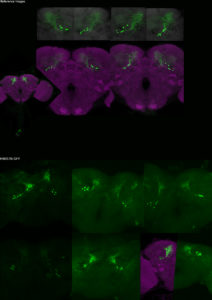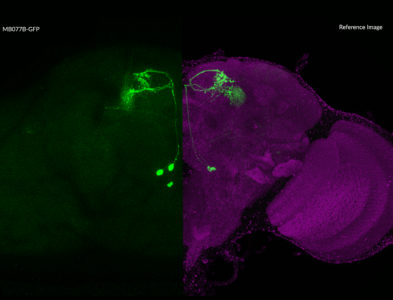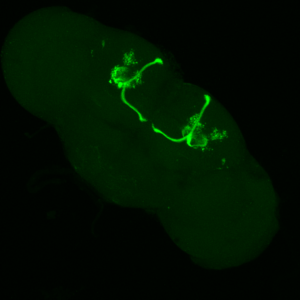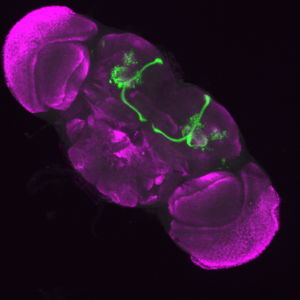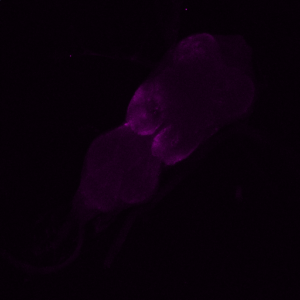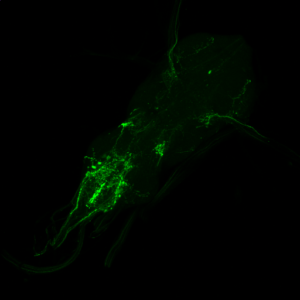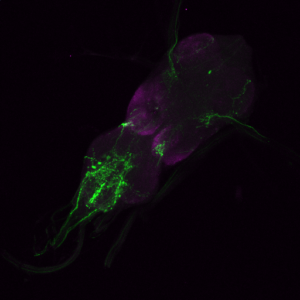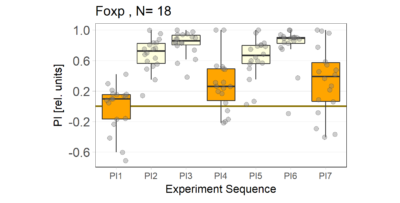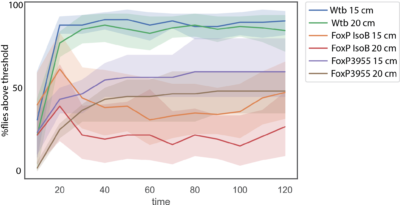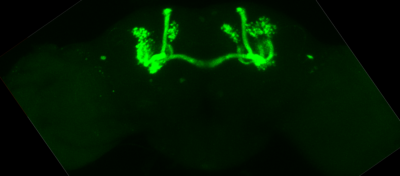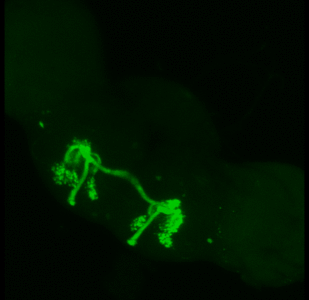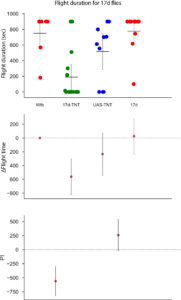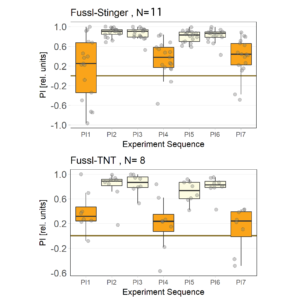Measuring transmission spectra of color filters
Measured with two different light sources.
Dissection light
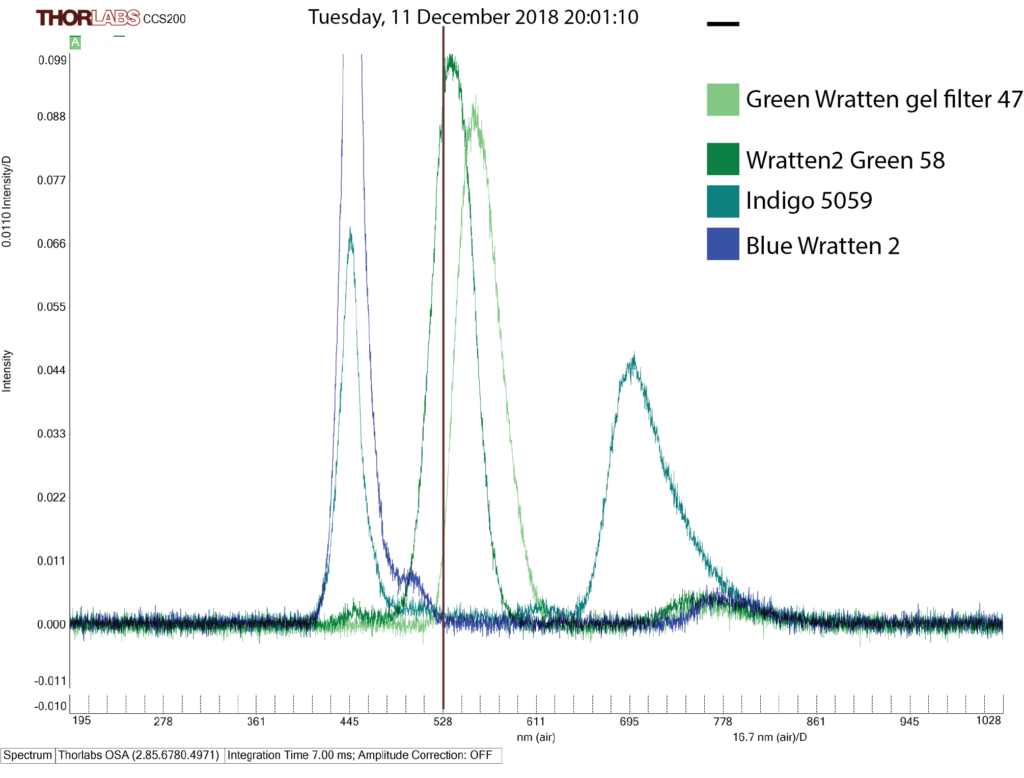
Light in torque meter
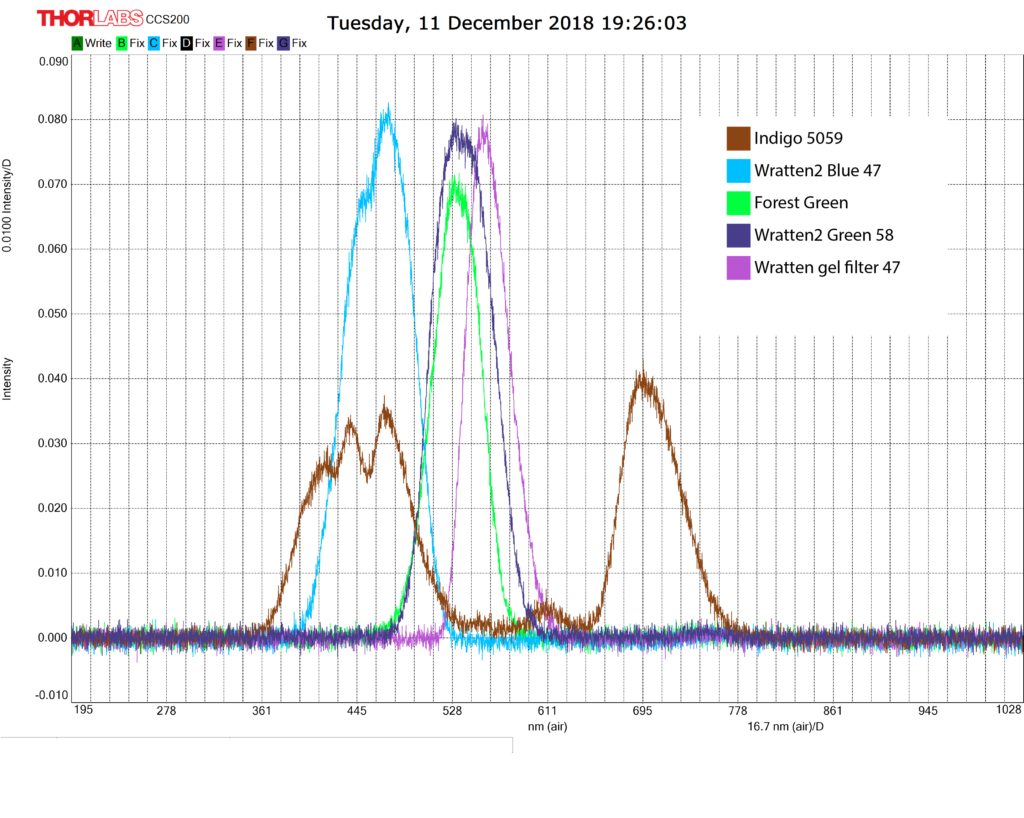
17d
Been working on 17d for the past month.
The experiments in the flight simulator. Self-learning performance indices in a two-minute test with the heat switched off after 4 and 8 minutes of training, indicated impairment of 17d-TNT flies.

The flies also showed clear impairments in their flight performance. To quantify this I assessed both possible alterations in their motor coordination (using climbing assay) as well as flight performance. The climbing assay relies on walking rather than flying. Both experiments show reduced ability of motor coordination and flight performance.
To confirm the specificity of the 17d-Gal4 fly I used the trans-tango flies.
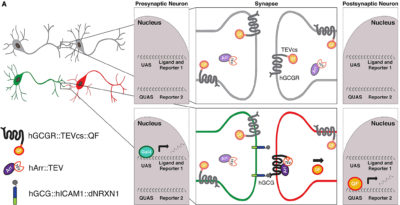
Neuron, 96 (2017) 783-799. doi:10.1016/j.neuron.2017.10.011
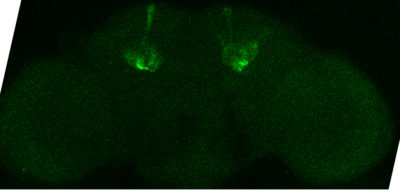
The trans-tango is notorious for having a low expression in adult flies, which was also observed by me. The image is taking without any GFP-antibody.
Fussl shows numerical difference in operant self learning
Fussl was crossed with either Stinger (ctrl) or a UAS-TNT line to block the synaptric transmission of the Fussl positive neurons. A third construct was used but did not yield any data due to difficulties with their flight performance. The Fussl-Stinger along with Fussl-TNT flies do also show difficulties in flying. These differences will be assessed.
The experiment was done as a pilot experiment before doing a larger scale.
The data is a bit inconsistent but shows a positive and reassuring numerical difference. The control is a bit lower than expected, compared to WTB flies (showing usually a PI 0f 0.6). The flies have a slightly different background than wtb flies and have pale orange eyes (still no apparent impairments in vision). Further experiments will be conducted before proceeding with a larger sample size of the flies.

